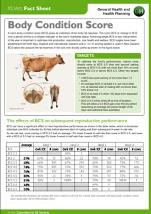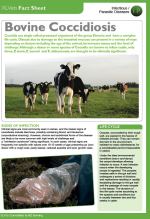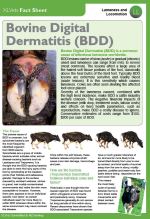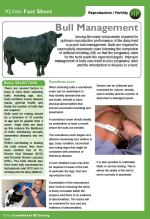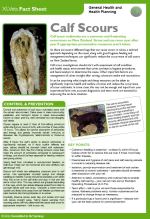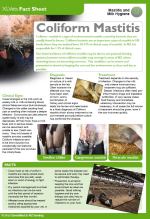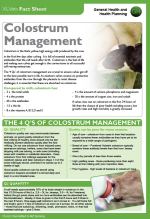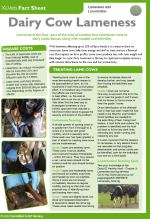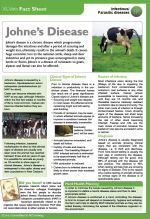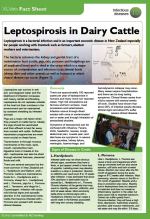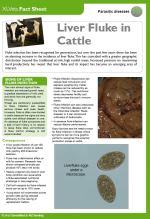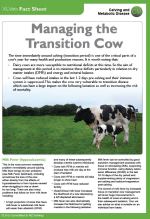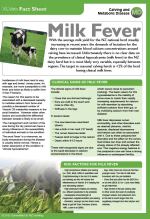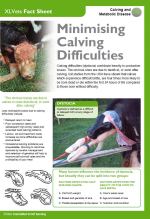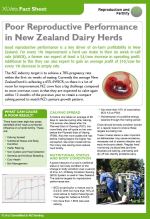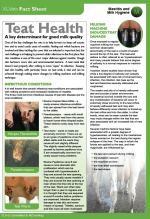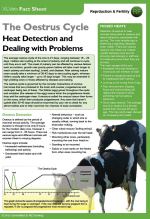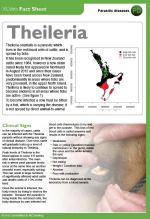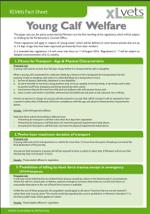- Farming
- Factsheets
Factsheets
Bovine Coccidiosis
Coccidia are single celled protozoal organisms of the genus Eimeria. They have a complex life cycle involving both asexual and sexual reproduction.
Bovine Digital Dermatitis (BDD)
Bovine Digital Dermatitis (BDD) is a common cause of infectious lameness worldwide.
Bull Management
Managing reproduction effectively to achieve optimum fertility is essential to the running of a profitable cattle enterprise.
Calf Scour
Calf scour outbreaks are a common and frustrating occurence on New Zealand farms and can recur year after year is appropriate preventative measures aren't taken.
Coliform Mastitis
Coliform mastitis is a type of environmental mastitis caused by bacteria that are usually found in faeces.
Colostrum Management
Colostrum is the fuel of life and making sure your calves get enough is the cornerstone to all successful calf rearing enterprises.
Dairy Cow Lameness
With lameness affecting 25% of dairy herds, it is a massive drain on resources. Lame cows take time, energy and skill to treat and are a financial cost that impacts on farm profits.
Johne's Disease
Johne's disease is a chronic disease which progressively damages the intestines and after a period of scouring and weight loss, ultimately results in the animal's death.
Leptospirosis in Dairy Cattle
Leptospirosis is a bacterial infection and is an important zoonotic disease in New Zealand especially for people working with livestock.
Liver Fluke in Cattle
Fluke infection has been recognised for generations, but over the past few years there has been an alarming increase in the incidence of liver fluke.
Managing the Transition Cow
The time immediately around calving (transition period) is the most critical part of a cow's year for many health and production reasons.
Milk Fever
With the average milk yield for the NZ dairy herd steadily increasing in recent years the demands of lactation for the dairy cow to maintain blood calcium concenratin around calving have increased.
Minimising Calving Difficulties
Calving difficulties (dystocia) contribute heavily to production losses, many factors influence dytocia but there are also many recommendations to reduce cases.
Poor Reproductive Performance in NZ
Good reproductive performance is a key driver of on-farm profitability.
Teat Health
One of the key challenges for vets is to keep cell counts low and avoid costly cases of mastitis. Tackling the cows that are infected is important but, the real challenge is preventing udder infections in the first place.
Theileria
Theileria orientalis is a parasite which lives in the red blood cells of cattle and is spread from cow to cow by ticks.
